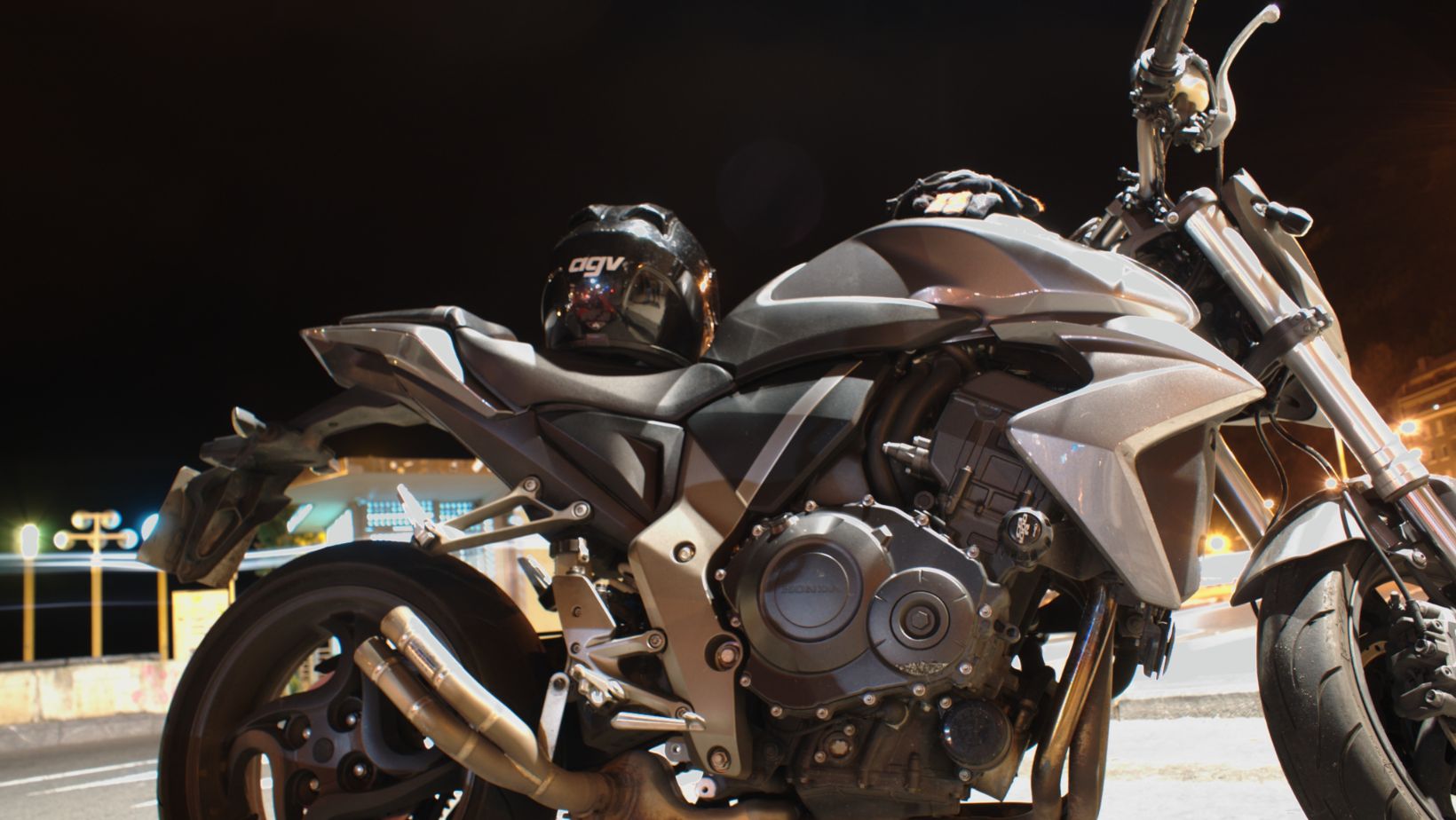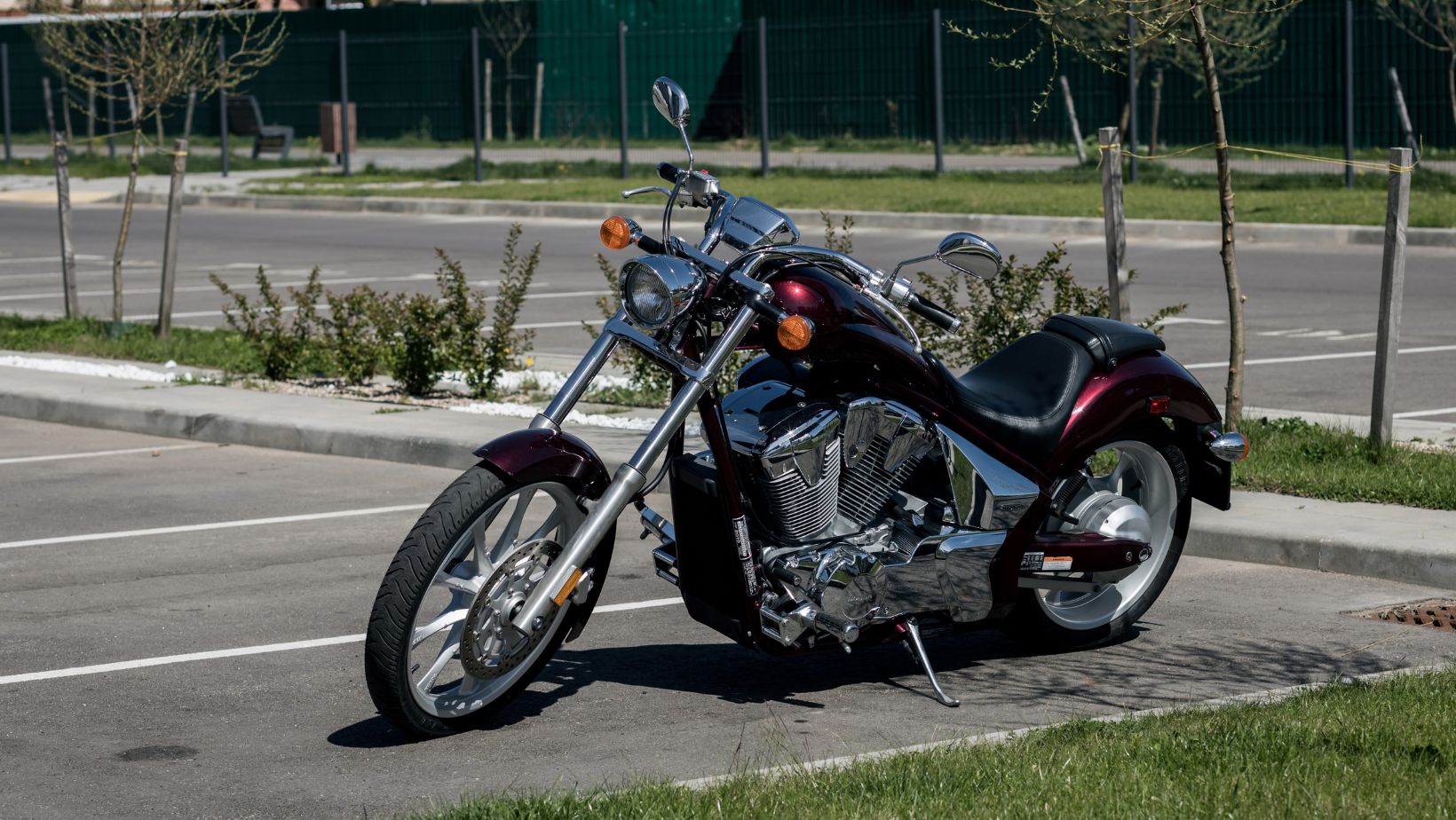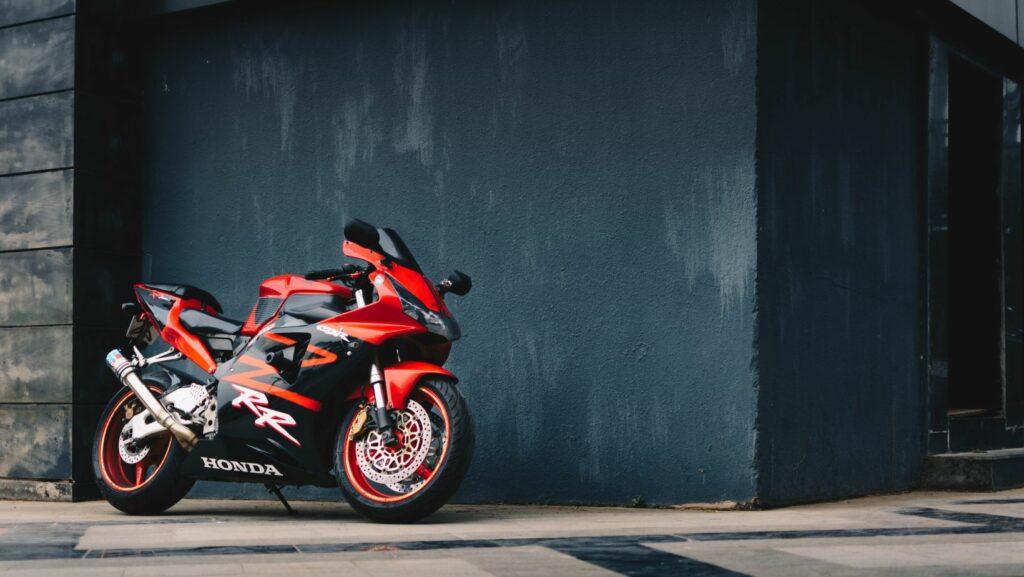Honda Standard Motorcycle
The Honda Standard Motorcycle has a rich and fascinating history that spans several decades. From its humble beginnings to becoming one of the most iconic motorcycle brands in the world, the evolution of the Honda Standard Motorcycle is a testament to innovation and craftsmanship.
In 1949, Honda introduced their first ever motorcycle, the Dream D-Type. This marked the beginning of Honda’s journey into the world of motorcycles. Over the years, Honda continued to push boundaries and introduce groundbreaking models that set new standards in performance, reliability, and design.
One of the key milestones in the history of Honda Standard Motorcycles was the introduction of the CB750 in 1969. This revolutionary bike redefined what a motorcycle could be and cemented Honda’s reputation as an industry leader. With its powerful engine, sleek design, and advanced features, the CB750 became an instant classic and paved the way for future Honda models.
Over time, Honda continued to innovate with new technologies such as fuel injection systems and electronic ignition. The brand’s commitment to quality and performance made it a favorite among motorcycle enthusiasts worldwide.
The Origins of Honda Motorcycles
When delving into the history of the Honda Standard Motorcycle, it’s important to understand the origins of these iconic machines. The story begins with Soichiro Honda, a visionary entrepreneur and engineer who founded Honda Motor Co., Ltd. in 1948.
Honda’s passion for motorcycles was ignited during his early years as he tinkered with engines and dreamed of creating innovative two-wheelers. In post-war Japan, motorcycles were seen as a reliable means of transportation, and Honda recognized their potential to revolutionize mobility.
In 1949, Honda introduced its first motorcycle model, the Dream D-Type. This lightweight bike featured a simple design and was highly popular among Japanese consumers. Building on this success, Honda continued to innovate and expand its lineup over the years.
One significant milestone came in 1958 when Honda launched the Super Cub C100, one of the most successful motorcycles in history. With its step-through frame and automatic clutch, the Super Cub appealed to both experienced riders and beginners alike.
Throughout the following decades, Honda solidified its position as a leading motorcycle manufacturer by introducing groundbreaking technologies such as four-stroke engines and electric start systems. The company also significantly improved safety features like disc brakes and anti-lock braking systems (ABS).
Honda remains at the forefront of motorcycle innovation, with an extensive range of models catering to various riding preferences. From sport bikes like the CBR series to versatile adventure bikes like the Africa Twin, there is a Honda motorcycle for every type of rider.

Evolution of Design and Features
When exploring the history of the Honda Standard Motorcycle, one cannot overlook the fascinating evolution of its design and features. Over the years, Honda has continuously pushed boundaries, incorporating innovative changes that have shaped the motorcycle industry. Let’s delve into some key milestones that highlight this remarkable journey.
- Streamlined Aesthetics: Honda has always prioritized sleek and streamlined motorcycle designs.
- Technological Advancements: With each new generation of standard motorcycles, Honda introduced cutting-edge features that revolutionized the riding experience. From improved engine performance to advanced suspension systems, riders witnessed significant upgrades in power delivery, handling capabilities, and overall comfort.
- Embracing Innovation: They pioneered groundbreaking technologies such as electronic fuel injection (EFI), anti-lock braking systems (ABS), traction control systems (TCS), and ride-by-wire throttle controls. These innovations enhanced safety and gave riders greater control and precision on the road.
- Customization Options: Recognizing that every rider has unique preferences, Honda expanded its offerings by introducing customization options for their standard motorcycles. Whether it’s different seat heights or various accessories like windshields or luggage racks, riders can personalize their bikes to suit their needs and style.
- Integration of Smart Features: In recent years, Honda has embraced connectivity by integrating smart features into their standard motorcycle lineup. Bluetooth-enabled navigation systems, smartphone integration for music streaming or phone calls, and even built-in diagnostics are just a few examples of how Honda is adapting to the digital age and meeting the demands of modern riders.
From its early days to the present, the history of the Honda Standard Motorcycle is filled with remarkable achievements and breakthroughs. As we delve deeper into this article, we’ll explore each era in detail and discover how these motorcycles have become synonymous with excellence on two wheels.




